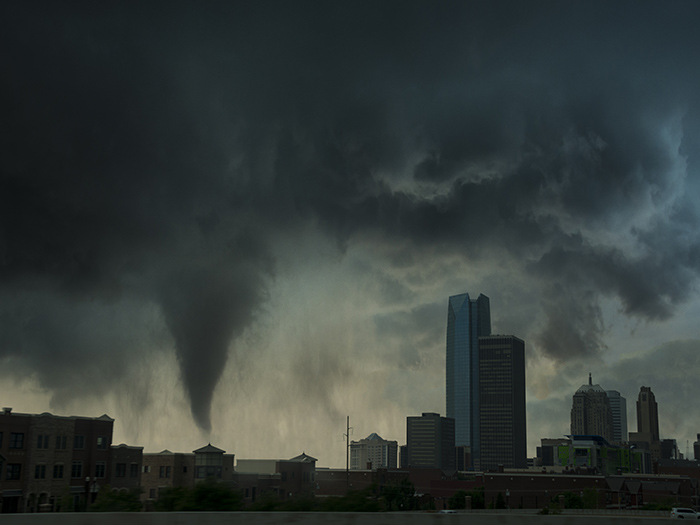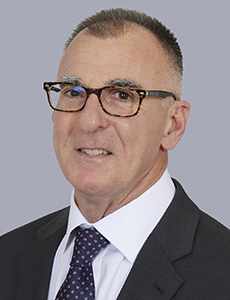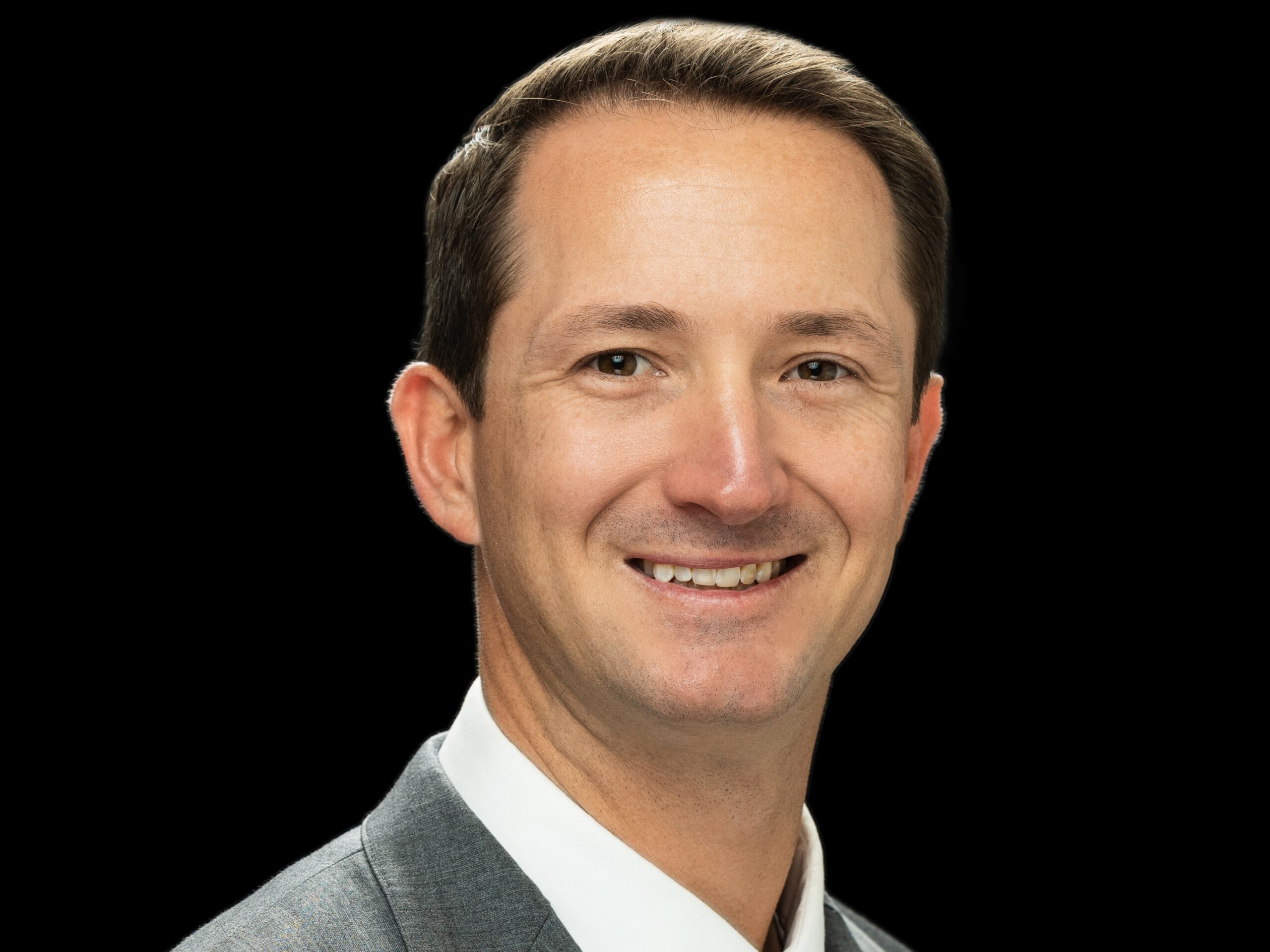Sponsored Content by MSIG USA
4 Emerging Property Loss Trends and the Underwriting Best Practices Businesses Should Expect from Their Insurer

Driven by natural catastrophe and extreme weather, a surge in inflation, inaccurate property valuations and more, the commercial property insurance market has seen several consecutive years of increasing premiums.
The world is a risky place. Protecting assets and reducing risk in today’s volatile and uncertain environment can feel like a daunting task for any business.
Luckily, they don’t have to go it alone.
“Businesses want to work with an insurer that has a deep commitment to balancing innovation with human expertise, enabling them to feel confident when approaching their property risk mitigation strategies,” said Marc Dantuono, Director, Head of Property, MSIG USA. “That’s something we at MSIG USA offer. We’re a partner that adapts to the evolving landscape while maintaining the high standards of underwriting that our clients have come to expect.”
To do this, Dantuono said, it’s critical for businesses to partner with a team that understands property loss trends and can back customers in times of need. Here’s a look at just four emerging property loss trends — and some of the best practices MSIG USA utilizes to address them.
1) Understanding the Threat of Secondary Perils

Marc Dantuono, Director, Head of Property, MSIG USA
The insurance industry has always placed a strong emphasis on primary perils like hurricanes, earthquakes, and floods. The reasoning behind this is evident: natural catastrophe events cost billions of dollars year after year and have destroyed properties both old and new.
But there is more to natural catastrophe risk — namely, secondary perils.
“When we started offering our product over a decade ago, we were not a significant writer of catastrophe insurance. Instead, we focused on secondary CAT perils like convective storms, which include tornadoes and hail,” Dantuono said.
“At that time, few carriers were discussing these perils. We had to explain to our customers that although we were underwriting and closely monitoring these risks, we were not shying away from insuring them. Our approach was to be mindful and prepared for the potential increase in frequency and volatility of these perils, in order to protect our book of business.”
It was a step in the right direction. Earlier this year, property analytics firm CoreLogic released its 2024 Severe Convective Storm Report, highlighting hail as the most damaging catastrophic natural disaster of 2023.
“Over the past 10 years, we have witnessed a significant uptick in convective storms, wildfires and freezes,” Dantuono said. “Our proactive approach to addressing secondary perils has reinforced our leadership position when it comes to underwriting these perils.”
2) Supply Chain Disruptions Causing Concern
Since the onset of the pandemic, supply chain disruptions have affected everyone. The past five years have shown how supply chain issues can impede business and impact operations.
“The risk landscape has changed significantly, and our approach to underwriting must adapt accordingly,” said Dantuono.
“As an underwriting community, we are predisposed to view loss in a certain way. However, when major disruptions occur — such as supply chain issues, demand surges or inflation — we must reassess how we view risk.”
He said that to actively address the challenges inherent within supply chain disruption requires underwriting and claims to work together and address customer needs. This unique partnership has proven invaluable to their clients.
“At MSIG USA, our claims department works closely with us and provides insights into the specific supply chain issues, building material costs, and labor costs, that we’ve encountered in our claims,” he explained.
3) A Rise in Loss Costs
The primary drivers behind rising loss costs are inflation, the increasing cost of supplies, and labor shortages. These factors are compounded when widespread natural catastrophes occur, as many insureds within a relatively small radius compete for the same limited supplies.
“While the situation may be improving slightly over the past year or two, it remains a significant issue,” Dantuono said. “As a result, an attachment point of $100 million that seemed relatively safe from an exposure standpoint five years ago might not be as secure anymore, depending on the risk.”
In light of these changes, it is crucial for underwriters to reevaluate the risks.
“Even if an insurer has been attaching at a certain point and participating in a specific layer with a set level of participation, they must reassess their position in current terms to ensure they are adequately protected,” Dantuono advised.
4) The Promises of Artificial Intelligence
Artificial intelligence, or AI, is on the rise as more platforms enable this technology to speed up processes and provide analytical information at the touch of a button.
“AI is undoubtedly going to be a part of the future in our industry, although it is still in its relative infancy,” said Dantuono.
That last part — that this technology is still in its infancy — is imperative for businesses to understand before they turn to AI for answers.
“While AI can provide valuable insights and streamline certain tasks, we recognize that the expertise and judgment of our seasoned underwriters are irreplaceable. MSIG USA’s approach is to harness AI as a tool to support our underwriters in making informed decisions. By combining cutting-edge technology with the wealth of knowledge our underwriters possess, we can deliver a unique blend of efficiency and personalized service to our clients,” Dantuono said.
Underwriters have the knowledge to see a business’s unique set of risks, but AI does not. It’s the combination of fast-tracked processes and underwriter decision-making that is key.
“While we are testing AI and the role it will play, today we are focusing our efforts on best-in-class expertise in property underwriting. This is why we are able to address tough risks for our clients, like Excess & Surplus Lines business,” Dantuono added.
Underwriting Best Practices That Work
Understanding property loss trends is just step one in addressing them. Step two is finding the right underwriting partner for the job — one that is on top of these trends and actively addressing them for the betterment of its clients.
MSIG USA is well positioned to help its customers prepare for and tackle property losses.
“Globally, as a subsidiary of MS & AD, we are one of the 10 largest P&C insurers and have been rapidly growing our U.S. presence. Having best in class underwriters in the U.S. coupled with being part of global entity that allows us to protect our clients, no matter where they do business, emphasizes the unique strengths MSIG USA brings to the market,” Dantuono said.
MSIG USA has already spent the time and resources to address prominent property loss trends like secondary peril risk or the integration of AI into the claims process. Its E&S property business has been ahead of current trends as well, making it a partner with rich resources in this area.
“Our foresight in offering an E&S property product reinforces the innovation we are able to offer given our deep experience in property and underwriting,” Dantuono explained. “In these challenging times, characterized by inflationary pressures and economic uncertainty impacting businesses in the market, our mission becomes even more critical. We provide our clients with the confidence and support needed to manage and mitigate complex property risks effectively. At MSIG USA, we are not just responding to current conditions; we are anticipating future needs and crafting solutions that our clients can rely on today and in the future.”
With financial strength, underwriting experience, claims talent and global capabilities across 40+ regions, MSIG USA works to create the best product to meet property risk mitigation goals.
“Our team’s deep understanding of the market and ability to accurately price risks have allowed us to identify opportunities where we can provide value to our clients as their needs evolve.”
To learn more, visit: https://www.msigusa.com/property-solutions/.
![]()
This article was produced by the R&I Brand Studio, a unit of the advertising department of Risk & Insurance, in collaboration with MSIG USA. The editorial staff of Risk & Insurance had no role in its preparation.








